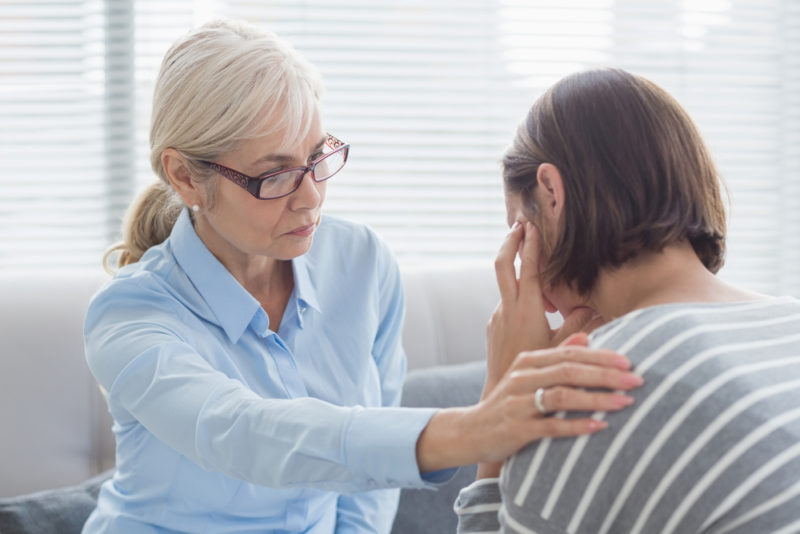An abusive relationship often sneaks up on you. Your partner starts out charming and kind, then little by little the relationship changes. Before you know it, you’re stuck in a dangerous, abusive cycle that you don’t know how to escape. It’s easy for other people to tell you to pack your things and leave. But actually doing it can be much more difficult and often dangerous. If you need help breaking the cycle, there are several ways to ensure that you get out as safely as possible.
Here are six steps to leave an abusive relationship safely:
1. Seek Help From A Domestic Abuse Expert
Dr. Christine Murray, domestic violence researcher and associate professor at the University of North Carolina at Greensboro advises, “Talk with a professional who can help you develop a safety plan.” Leaving an abusive relationship is never easy, but trying to do it on your own is that much harder. Find a domestic violence advocate or a mental health professional who is trained to work with domestic violence patients.

2. Talk About All Possible Risks
Depending on your situation, leaving can escalate the violence. Murray explains, “It’s important to think through all the possible safety risks. Where are you vulnerable? At work, home, a shelter, a friend’s house? What can you do to address those vulnerabilities?” While you can’t predict exactly what will happen, you can sit down and work through the possibilities to find a safe solution.
3. Plan In Advance
Make a plan. Talk to a neighbor, a family member or a friend to let them know what’s going on. Make sure someone will be readily available to help you in a crisis. Even if you’re not sure you want to leave, you need to make sure you can get to a safe place if you’re in danger.

4. Apply For A Restraining Order
Murray suggests, “Have a professional walk you through the process of getting a protection order. Rules can be different depending on what state or county you live in.” Filing a restraining order might help you feel a little bit safer in a scary situation. Mare sure the order sets clear consequences in the event that your abuser tries to contact you.
5. Put Together An Emergency Bag
If you’re in an abusive relationship, keep an emergency bag handy. Fill it with clothes, cash, prescriptions, important documents… whatever you would need to take with you if you had to leave at a moment’s notice. Store the bag somewhere safe and hidden from your abuser.

6. Remember That Your Safety Is The Most Important
Ask yourself, what is the safest way to get out? “What is the best thing I can do for my safety and for my kids’ safety?” Murray explains. “View everything through that lens – there’s nothing more important than your and your kids’ safety.”
Sources:
Cafe Mom
National Domestic Violence Hotline
Women’s Law


